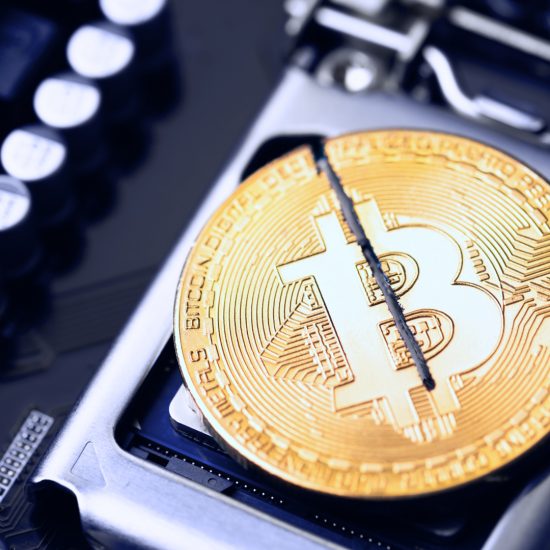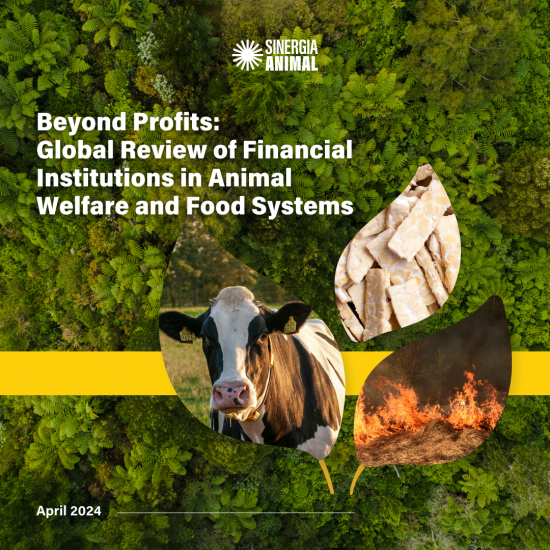|By Arabian Post Staff| The three-month Saudi Interbank Offered Rate, or Saibor, used as a benchmark to price loans, has climbed 15 successive months to the highest in seven years, Bloomberg reported.
It gained 84 basis points this year to 2.385 percent on Sunday, compared with a 27 basis-point advance in the London Interbank Offered Rate for dollars. Meanwhile, the loans-to-deposit ratio among Saudi banks, a key measure of liquidity, rose to 90.8 percent in August, the worst since 2008.
The Saudi Arabian Monetary Agency is said to have offered lenders about 15 billion riyals in short-term loans in late June after the drop in oil curbed bank cash holdings. In February, it allowed institutions to lend as much as 90 percent of their deposits, up from 85 percent.
The regulator said last month that the latest cash injection will be in the form of time deposits by government entities. It also introduced seven-day and 28-day repurchase agreements, or repos, to give lenders greater access to cash.
The kingdom is tapping new funding sources in a bid to alleviate the squeeze. The nation will this week conclude investor meetings for a planned debut sovereign bond sale that investors expect to raise about $10 billion, the largest ever from the Middle East.
Saudi banks also have a “lot of room to increase bond issuance,” said Meijer, who highlighted that lenders’ liabilities in the country comprise almost no foreign-currency bonds, compared with between 5 percent and 20 percent for those in the United Arab Emirates. “Bonds are long-term funding and are a lot more stable than deposits,” he said.
The pace of deposit growth in 2015 moderated to the slowest in more than 20 years, according to central bank data.
Saudi Arabia will post a budget deficit of 13.5 percent of economic output this year, the highest since 1992, declining to 9.6 percent in 2017, according to forecasts from the International Monetary Fund. Amid the shortfall, direct local government debt climbed to $63 billion at the end of August from almost $38 billion at the end of 2015, according to information in the Saudi bond prospectus obtained by Bloomberg.
R






